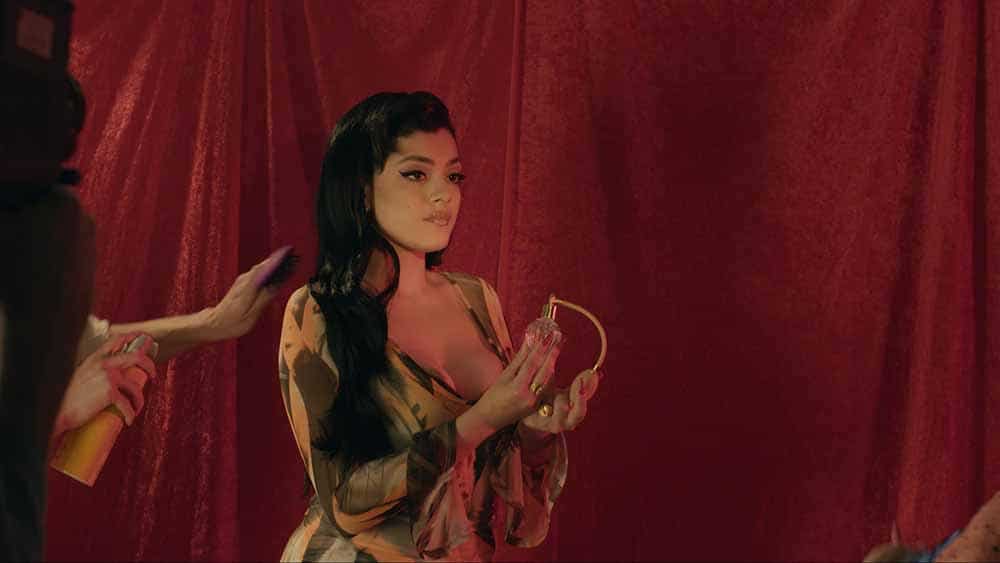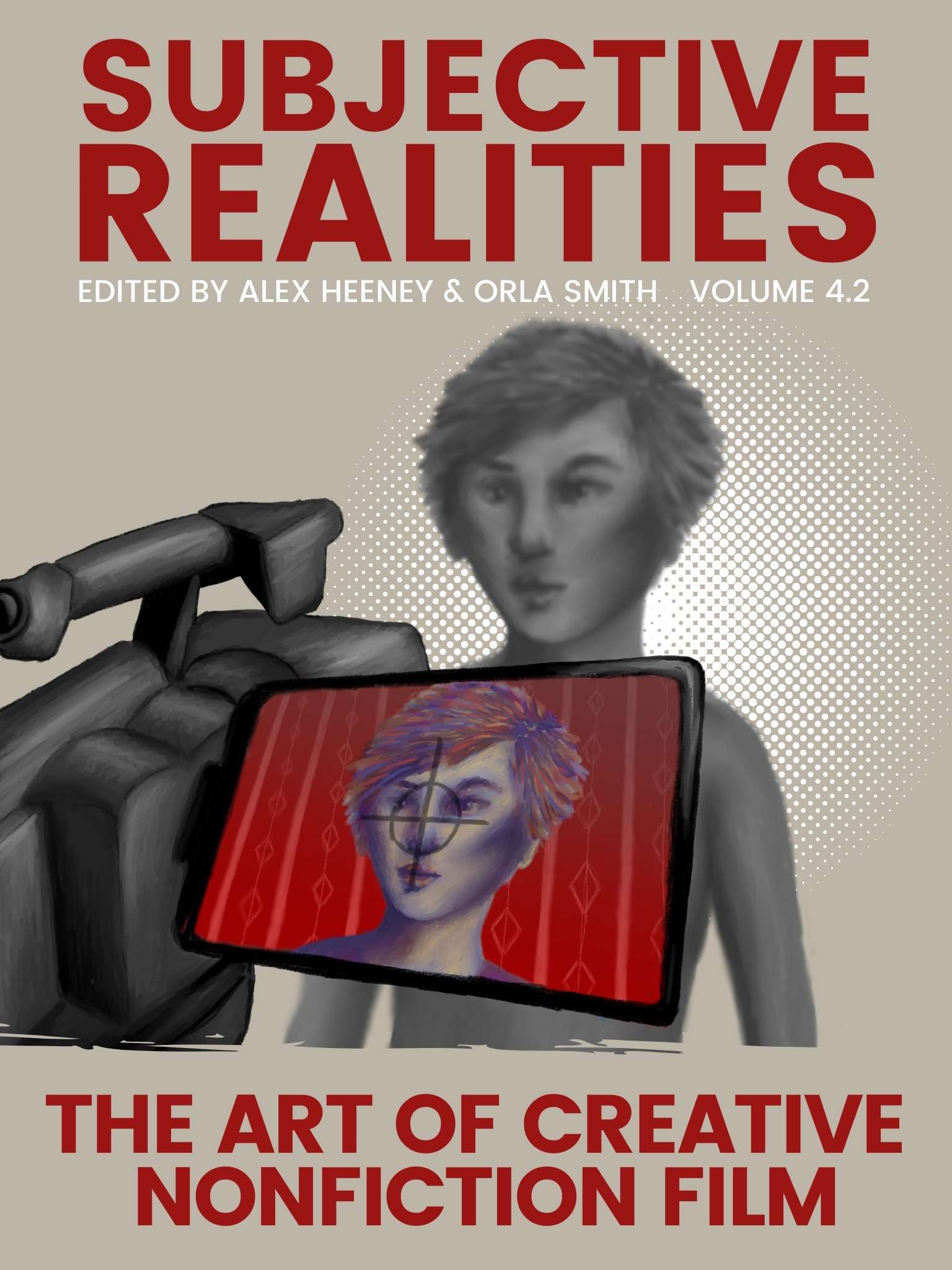In Mija, director Isabel Castro follows young Mexican-American music manager Doris Muñoz, as she rebuilds her career.
Read all our Sundance coverage so far.

Never miss a great film again. Get exclusive content and hidden-gem recommendations you won’t find on the website.
Click here to sign up for the Seventh Row Newsletter.
Mija, directed by Isabel Castro, is a poignant and beautifully shot character study documentary about what the American Dream means to many immigrant families. The idea of a film about ‘The American Dream’ often makes me gag, because so many films accept the idea uncritically (the exceptions, such as Kelly Reichardt’s work, are a small handful). Mija is more realistic, if still invested in the hopes and dreams of its protagonists. Castro is also interested in what happens after you’ve achieved meteoric success… but then you lose it, and you don’t have a cushy safety net to fall back on.
Doris Muñoz is our heroine, a twenty-seven year old Mexican-American woman who, several years ago, became the music manager of the singer Cuco and helped him to become an immensely popular artist. Doris gained both professional and financial success along with Cuco, raising enough money to help her immigrant parents apply for a green card (Doris is the only one of her family born in America, while her parents are undocumented). When Castro set out to make the film, it was initially going to be about Cuco, but as soon as she met Doris, she switched focus. Then, shortly after filming began, Doris and Cuco suddenly parted ways, right as the pandemic hit. Doris was unemployed and back to square one, searching for a new talent who might be the ticket to the top just like Cuco was.

Doris is a protagonist whom you can’t help but love and root for. She’s ambitious but she also has integrity, intent on using her skills to lift up Mexican-American artists. Partway through, Castro introduces a second protagonist in addition to Doris, Jacks Haupt, Doris’s new find, who faces her own struggles with the pressure to succeed as a child of immigrants. As dual protagonists, Doris and Jacks are two women at different stages of similar journeys. At twenty-seven, Doris already has career ups and downs behind her, and she’s also toward the end of the journey of helping her parents get green cards. Jacks, at twenty one, is at the beginning of that same process. She also faces pushback from her parents for pursuing music, as they insist that it’s a frivolous and unsustainable career. Both young women are trying to achieve their dreams while also helping to fulfil the dreams their parents had when they came to America. Castro shows how Doris and Jacks shoulder this heavy burden, and how the older Doris tries to help Jacks through it.

Castro is never cynical about her subjects’ desire for great things, instead shooting them with beautiful, dreamy cinematography, and immersing us in Doris’s headspace through voiceover. When Castro uses slow motion and mood lighting, it romanticises a scene in the way that Doris and Jacks themselves romanticise their dreams. They’re always striving toward these perfect moments where they can have fun and enjoy music without worrying about the bureaucracy and financial worries that burden their day-to-day lives. There’s also evocative voiceover throughout the film from Doris, which Castro wrote using interviews with Doris and text from places like her Instagram captions. In the press notes, Castro wrote that she wanted this voiceover to feel similar to the voiceover in movies and TV she watched as a teenager like Clueless and Sex and the City. That voiceover helps you feel intimately connected to Doris from the get go. We’re not just watching her in verité footage, but hearing her inner thoughts, like a friend being confided to, or a diary entry.
The ending of Mija feels a bit abrupt, especially because Castro doesn’t check in with Jacks in the last twenty minutes of the film. But this abruptness is also apt; it feels right to leave Doris and Jacks in the middle of their journey, because Castro wants to tell a story about identity and dreams, not about whether they eventually find fame. She chose to stop filming as they were reaching for the stars, without staying to find out if they ever got to them.
We want to make sure you don’t miss out on any opportunities to watch Mija at virtual cinemas, VOD, and festivals throughout the year.
Subscribe to the Seventh Row newsletter to stay in the know.
Subscribers to our newsletter get an email every Friday which details great new streaming options in Canada, the US, and the UK.


